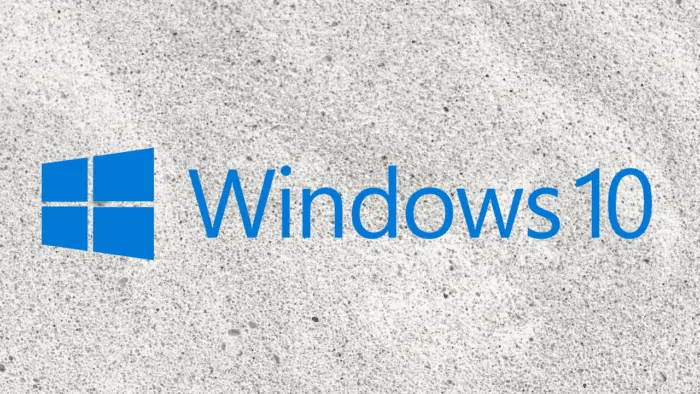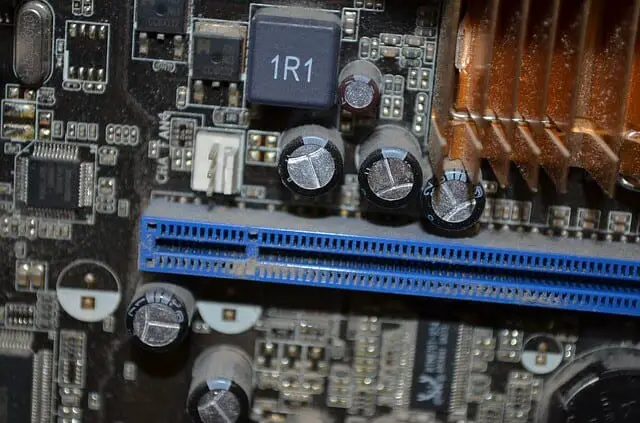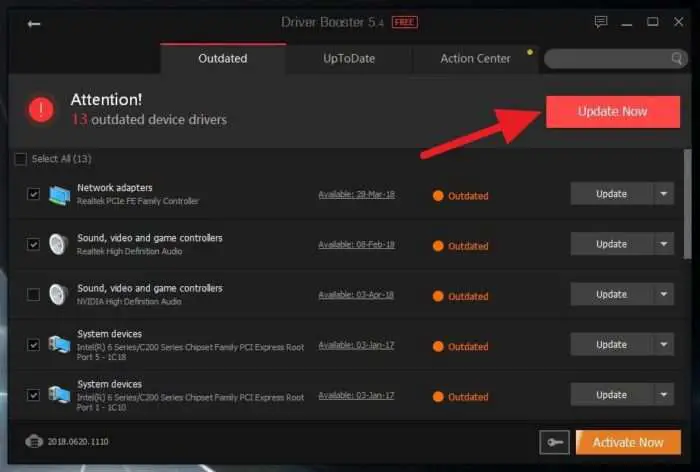Since Windows 10 is the last operating system by Microsoft, there will be no sequel OS again. Instead, Microsoft provides a regular update for this system so it’s stay relevant.
In certain cases, Windows 10 update can be exhausting, took a lot of time, and draining internet data. So, there’s an urge to disable this feature altogether.
Here how you can disable automatic updates on Windows 10.
NOTE: We highly recommend you to keep Windows Update on to ensure security fix and other improvements. Only disable automatic updates if you know what you want to do.
Table of Contents
How to disable Automatic Updates on Windows 10
1. Go to Start Menu and type service on the search bar. The system should immediately found the program and then open it.

2. Now, locate Windows Update. It usually located at the bottom of the list.

3. On the Windows Update item, right-click and select Properties. It will show you a new window, go to the Startup type drop-down menu and select Disabled. Next, click OK to apply the setting.

In case you still want to get a new update but want to control when the update installed, please choose Manual instead of Disabled.
If you pick a Manual option, Windows 10 will still get update information but need to be installed manually by the user.
On the Windows Update Settings, the result will be like this.

In my opinion, the Manual is the best option for some users. The updates still available and you can install them whenever you want, plus it won’t annoy you by stealing internet bandwidth during the work time.
Please keep in mind that Windows 10 is the final OS by Microsoft. You may ignore minor updates but at least installing some major updates should be installed once available.
Additional Insight: Balancing Update Management and System Security
Is disabling updates worth the risk?
While disabling automatic updates can prevent interruptions, it’s important to weigh the risks. Updates often address critical security vulnerabilities and improve system stability. If you choose to disable them, consider manually checking for updates periodically to ensure your system remains secure.
Alternative Approaches to Manage Updates
If completely disabling updates feels too extreme, there are other ways to manage them:
- Pause Updates Temporarily: Navigate to Settings > Update & Security > Windows Update and select “Pause updates for 7 days.” This gives you control over when updates are installed without permanently disabling them.
- Set Active Hours: In the same menu, configure active hours to prevent restarts during your work time. This ensures updates don’t disrupt your productivity.
- Use a Third-Party Tool: Tools like Windows Update Blocker allow you to toggle updates on and off easily without diving into system settings.
A smarter way to handle updates.
For users who want control without compromising security, opting for the “Manual” setting in the Windows Update service is a balanced approach. This way, you can review and install updates at your convenience.
FAQ
What happens if I disable automatic updates permanently?
Disabling automatic updates means your system won’t receive new patches or security fixes automatically. While this prevents interruptions, it increases the risk of vulnerabilities being exploited. Always consider manually updating your system regularly.
Can I re-enable automatic updates later?
Yes, you can re-enable updates anytime by revisiting the Windows Update service properties and changing the Startup type back to “Automatic.”
Are there tools to simplify update management?
Yes, third-party tools like Windows Update Blocker provide an intuitive interface for enabling or disabling updates as needed.
Is pausing updates safer than disabling them?
Pausing updates is a safer option as it temporarily halts updates while ensuring they resume after a set period. This allows you to avoid disruptions while still receiving essential patches eventually.
By managing update settings wisely, you can maintain a balance between productivity and system security.







